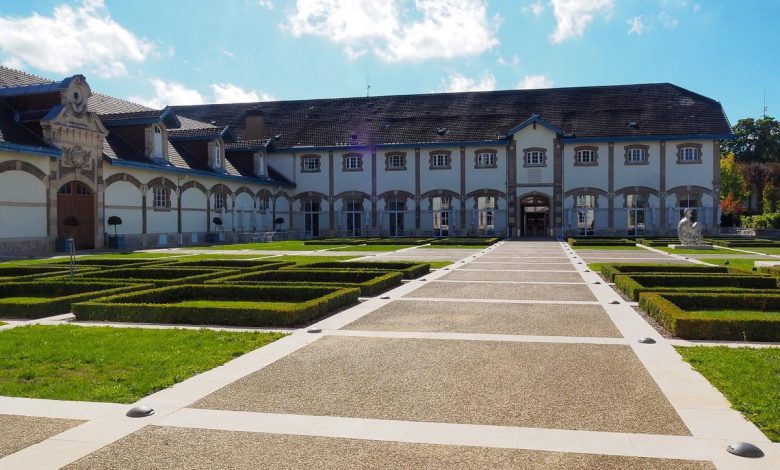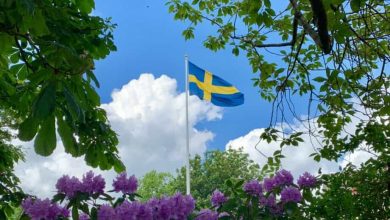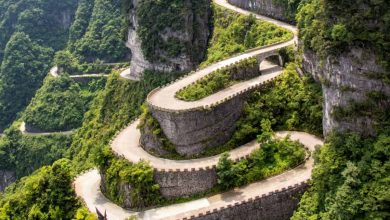Champagne Ruinart: cultural heritage profile

Diplomat.Today
Welcome to our comprehensive travel guide to visiting Champagne Ruinart, a destination known for its unique blend of cultural richness, history and educational value in Reims, France.
Here you will find detailed insights into what makes Champagne Ruinart such a unique cultural attraction.
Gallery
Details
Assessment of cultural heritage
Universal appeal and cultural authenticity
Cultural wealth and educational value
Conservation and integrity
Accessibility and visitor engagement
Overall rating: 4.7/5
- Universal appeal and cultural authenticity: Champagne Ruinart offers a unique blend of historical and contemporary appeal. It maintains traditional methods of champagne production and captivates visitors with modern presentations. The house successfully reflects the essence of Champagne culture and appeals to connoisseurs and casual visitors.
- Cultural wealth and educational value: With its in-depth tours and expert guides, Champagne Ruinart offers an enriching cultural experience that delves deep into the history and art of champagne making. Visitors can learn about the intricate processes behind each bottle and the historical significance of the house, making it a valuable educational destination.
- Conservation and integrity: The cellars of Champagne Ruinart, or crayères, are an excellent example of conservation, showcasing centuries-old architectural and historical features. The house’s commitment to preserving these sites underlines its commitment to preserving its cultural heritage.
- Accessibility and visitor engagement: Champagne Ruinart strives to make its tours accessible and engaging, offering intimate group sizes and detailed storytelling. While accessibility is generally good, there is room for improvement in ensuring broader inclusivity and expanding interactive activities for diverse audiences.
Global influence
- Ruinart is recognized worldwide as one of the oldest and most prestigious champagne houses, with a history dating back to 1729.
- The Ruinart Champagne Caves in Reims attract many international visitors, contributing to the local tourism industry.
- Ruinart has had a remarkable influence on global art and culture. It often collaborates with renowned artists and designers to create unique experiences and products.
- The brand is actively involved in international events and collaborations and demonstrates its commitment to sustainability and luxury in various global initiatives.
Historical impact
- Ruinart has been involved in important historical events in the Champagne region, which were crucial for its development and popularization.
- The chalk quarries that serve as Ruinart’s cellars are of archaeological significance and represent the deep historical roots of the Champagne production process.
- Contributions to local and national history include Ruinart’s enduring presence as a symbol of excellence in Champagne, contributing to the region’s cultural heritage.
- Notable historical figures associated with Ruinart include Nicolas Ruinart, who founded the Maison Ruinart in 1729 and shaped the early history of champagne production.
Conservation efforts
- Ruinart is involved in current conservation projects to preserve the integrity of its historic cellars and vineyards and ensure the continuation of its legacy.
- Organizations involved in conservation efforts include Ruinart’s partnerships with environmental and cultural preservation groups, emphasizing its commitment to sustainability.
- Ruinart’s corporate initiatives provide funding and support for conservation, demonstrating a solid financial commitment to heritage conservation.
- The community is actively involved in Ruinart’s conservation efforts and promotes a shared responsibility for preserving local heritage and traditions.
Champagne Ruinart – A cultural overview
Historical importance
Champagne Ruinart is the first established champagne house, founded in 1729 by Nicolas Ruinart in Reims. The house has a rich history intertwined with the development of champagne production, making it an important figure in the region’s winemaking heritage.
Cultural importance
The cultural importance of Champagne Ruinart extends beyond its historical roots, influencing local traditions and contributing to Champagne’s global recognition as a symbol of celebration and luxury. The house’s commitment to excellence has set a standard for champagne making, impacting the local community and the wider appreciation of fine wines and their associated craftsmanship.
Architectural style
The architectural style of Champagne Ruinart reflects a mix of tradition and modernity. The cellars, with their chalky underground passageways, showcase a unique design that speaks to the historic methods of champagne production while incorporating contemporary elements to enhance the visitor experience.
Visitor experience
Visitors to Champagne Ruinart can expect an engaging experience, including guided tours that provide insight into the champagne-making process, the house’s history and the art of tasting. The atmosphere is one of sophistication and sophistication, offering a glimpse into the world of champagne production and the meticulous care that goes into crafting each bottle.
Accessibility and amenities
Champagne Ruinart aims to serve diverse groups of visitors and provide accessibility for families and people with disabilities. The estate offers amenities such as restrooms, a visitor center and possibly a gift shop, ensuring a comfortable and inclusive experience.
Best time to visit
To determine the optimal times to visit Maison Ruinart based on the specified opening hours (9:30 AM – 5:30 PM) and the detailed visitor experiences shared in the reviews, here are three points that highlight the best times to visit:
- Mid-morning visits (around 10am – 11am): By arriving shortly after opening, visitors can enjoy a quieter experience in the cellars and connect more deeply with the guides before peak visitor hours. This time is ideal for those who want a thorough, undisturbed tour, as evidenced by several reviews praising the informative and intimate nature of the early tours.
- Late afternoon (around 3:00 PM – 4:30 PM): As the day progresses, there is often a calmer, more relaxed atmosphere, making it perfect for visitors who prefer a less busy environment. The softer light at this time can also enhance the photographic appeal of the chalk cellars and vineyards, as mentioned in the reviews.
- Weekdays (mainly Tuesday to Thursday): Visiting on a weekend can provide a more personalized and engaging experience to avoid the busiest times, especially the weekend crowds. The reviews often mentioned the benefit of smaller groups and more interaction with expert guides during these times.
Ratings and reviews
The consensus of reviewers and visitors highlights the exceptional quality of Champagne Ruinart’s products and the immersive nature of the tours. The praise is often for informative and engaging tours, while some visitors may require expanded amenities or additional interactive activities.
Photographic possibilities
Champagne Ruinart offers countless photogenic opportunities, especially within the atmospheric cellars and picturesque vineyard setting. The golden hues of Champagne and the elegant architecture provide ideal subjects for capturing memorable moments. Early mornings or late afternoons can provide optimal lighting conditions for the best photos.



